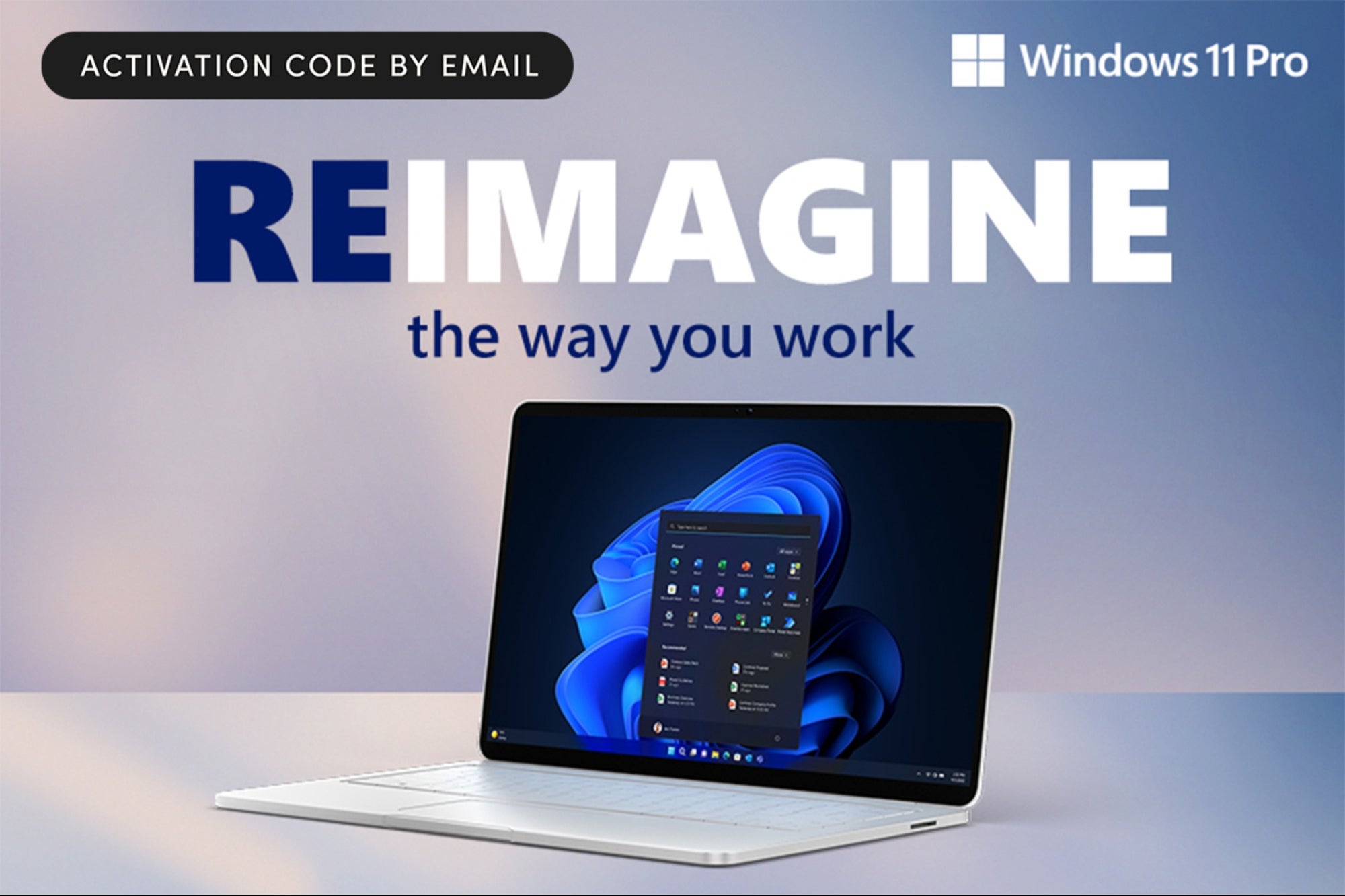Opinions expressed by Entrepreneur contributors are their own.
At Bask Health, we once forced every new patient to download a separate app just to upload their ID. Only 40% of them made it through. Six weeks of development, thousands of dollars spent, and we called it a funnel. That one decision cost us more patients than any Facebook ad ever brought in.
Turns out, healthcare has a cart abandonment problem, just like ecommerce. But instead of a forgotten pair of sneakers, it’s unbooked visits, lost revenue and patients who still need help. And unlike a shopping cart, an abandoned patient is a real person who might go untreated.
The irony? Most platforms are a few micro-fixes away from major conversion lifts. We’re talking about small, scrappy interventions that boost visit completion rates, no full redesigns required. Fix the friction, finish more visits.
Here’s how we sealed the biggest leaks in our patient flow and increased completion by 15%.
Related: 5 Simple Ways You Can Decrease Shopping-Cart Abandonment
1. Scare fewer patients at step one
First-time users are already skeptical. They’re worried about cost, privacy and whether this whole “online doctor thing” is legit. Add a dense form or legalese about data, and they’re gone.
What worked for us:
- Put a “HIPAA Secure” badge near the call to action
- Include a one-line promise like: “We never sell or share your info.”
- Use plain English, not compliance jargon
Patients don’t read your privacy policy. But they do feel your tone. So do the work for them. Space your elements clearly. Use icons sparingly. And write like a human. People aren’t comparing you to other clinics. They’re comparing you to Uber and Amazon.
Tip: Follow HIPAA’s privacy guidance for what you must, and can, say. Patients feel safer when they know what’s happening.
2. Escalate to live chat before they bail
We assumed patients would reach out if they had questions. They didn’t. They just left. Page stalled, visit lost.
Here’s what helped:
- Auto-trigger live chat if users pause at critical fields (like insurance input or ID upload)
- Escalate from bot to human in under 15 seconds
- Train reps to reassure, not upsell
Live chat isn’t optional anymore. It’s the new front desk. After implementing this flow, we saw a 12% increase in form completions, just from helping people in the moment when they were getting stuck.
Make sure your chat tool integrates cleanly with your CRM. Set KPIs: sub-30-second response time, sub-3-minute resolution. If a patient wants care at midnight, don’t make them wait for support until morning.
3. Cut steps like a chef, especially ID uploads
Requiring patients to scan their ID in a specific browser? We may as well have asked for a fax. And the worst part? We didn’t know it was broken until a user emailed us three days later.
Quick wins:
- Accept image uploads from phone camera rolls
- Offer drag-and-drop + file upload options
- Use OCR tech to auto-fill name and DOB
OCR’s identity verification guidance is flexible enough; don’t make it harder than it needs to be.
Also: test this flow on iPhones, Androids, tablets and old browsers. Friction hides in tech gaps. The best checkout is one that disappears into the background.
Related: 3 Fatal Ecommerce Mistakes You Must Not Make
4. Automate the boring stuff
Nobody wants to type their insurance group number at 11 p.m. That’s when they’re finally booking care, and we’re greeting them with paperwork.
Here’s what helped:
- Enable camera capture of insurance cards
- Use autofill for returning patients
- Pre-load common insurer names and plan types
These changes cut our manual data cleanup by half and improved patient throughput without adding support headcount. Most importantly, they helped people finish the booking while they still had momentum.
Automation isn’t about removing humans. It’s about clearing the path so your humans can focus on care, not copy-pasting from a broken webform.
5. Confirm with confidence
Our first “success” screen said: Thank you. That’s it. No confirmation number. No next steps. Patients didn’t know if they were actually booked or if they just wasted 15 minutes.
Fixes:
- Add a visible progress bar throughout the flow
- End with: “You’re confirmed. Here’s what happens next.”
- Send immediate confirmation via email and SMS with visit details
We also added a preview screen that lets patients review, cancel or reschedule their appointment in one click. Empowering the user reduces support tickets and gives them a sense of control.
Remember: this is healthcare. An ambiguous checkout creates anxiety. A clear one builds trust.
Close the leaks, book more patients
We built these fixes after getting burned by our bad assumptions. We didn’t need a brand strategist. We needed friction audits and brutal honesty. Healthcare abandonment isn’t about laziness, it’s about user experience.
Your challenge: audit your patient flow this week. Pull the data. Watch users abandon in real time. Where are they dropping? What would it take to lift conversions by just 3%? (That’s often six figures of revenue.)
Here’s your cheat sheet:
- Add visible trust cues upfront
- Make support accessible instantly
- Remove unnecessary steps
- Auto-fill every field you legally can
- Confirm like you mean it
This isn’t about being perfect. It’s about being good enough to get them through the door. Remember: the patient doesn’t care how clever your design is. They care that it works.
Healthcare doesn’t need more bells and whistles. It needs less friction.
And fewer abandoned carts.
At Bask Health, we once forced every new patient to download a separate app just to upload their ID. Only 40% of them made it through. Six weeks of development, thousands of dollars spent, and we called it a funnel. That one decision cost us more patients than any Facebook ad ever brought in.
Turns out, healthcare has a cart abandonment problem, just like ecommerce. But instead of a forgotten pair of sneakers, it’s unbooked visits, lost revenue and patients who still need help. And unlike a shopping cart, an abandoned patient is a real person who might go untreated.
The irony? Most platforms are a few micro-fixes away from major conversion lifts. We’re talking about small, scrappy interventions that boost visit completion rates, no full redesigns required. Fix the friction, finish more visits.
The rest of this article is locked.
Join Entrepreneur+ today for access.








